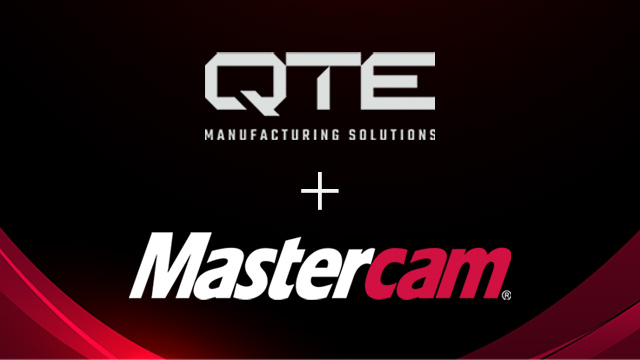Great improvements in drilling efficiency can be obtained simply by using the right tool. How many holes does your shop drill during the course of a week? If the answer is “not many,” then you might skip this. For the rest of us, this information is very important.
With the right tool selection most shops can implement a 10-to-20-times improvement in hole drilling efficiency simply by using the right tool at dramatically higher speeds and feeds. For example, if hole drilling constitutes just 5% of the operations in your shop, then using a better tool at high speeds will result in a 90% shop wide efficiency improvement for that operation.
Taking this scenario one step further — a 90% efficiency improvement in hole drilling in this case will result in a 4.5% (90% of 5%) overall improvement in your shop’s machining efficiency. That is a huge return on investment for a change that takes so little time and money to implement.
Of course, this is just an approximation. There may be other costs. Better cutting tools cost more, but this added cost would not be significant, because the more expensive tools will last about three times longer. There is also the cost of training to get management and staff to buy into the change in drilling philosophy. Further, your machine may wear a bit faster if it’s drilling holes 10 to 20 times faster.
As a case in point, one shop had a tool vendor come in and present a demo. The shop was drilling titanium and other high-tech alloys at a half-inch a minute. The vendor showed how they could drill at 8 inches a minute with the right tool. The new tool could drill the same holes 16 times faster. This was such an eye opener that the shop purchased many thousands of dollars’ worth of drills on the spot and began enjoying the advantages of optimal drilling efficiency immediately. Making the transition was a simple matter of obtaining education along with gaining comfort with the new approach.
The purpose of this exercise was to help validate the potential benefits of optimizing machining efficiency in a safe, real-world application. Once enthusiasm for and a commitment to optimizing machining efficiency has been established, next it’s time to move on to making plans for optimizing other machining applications in your shop with even higher reward potential. Before you attempt this, however, it’s helpful to gain a deeper appreciation for the science behind Optimal Machining Efficiency so you can employ this knowledge to your advantage.



